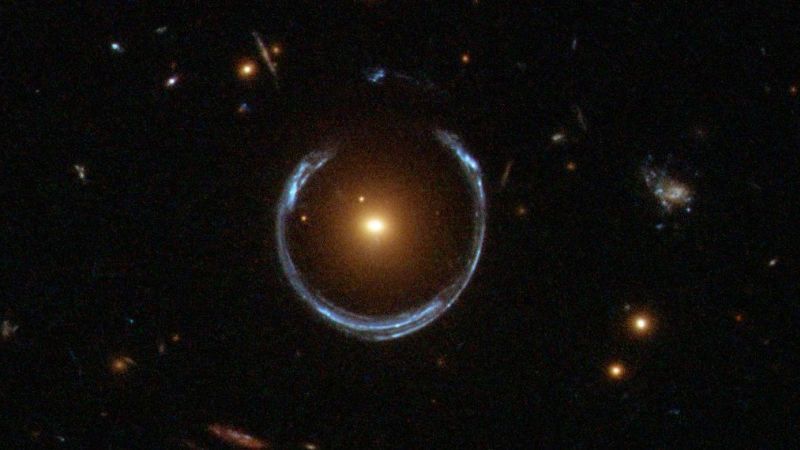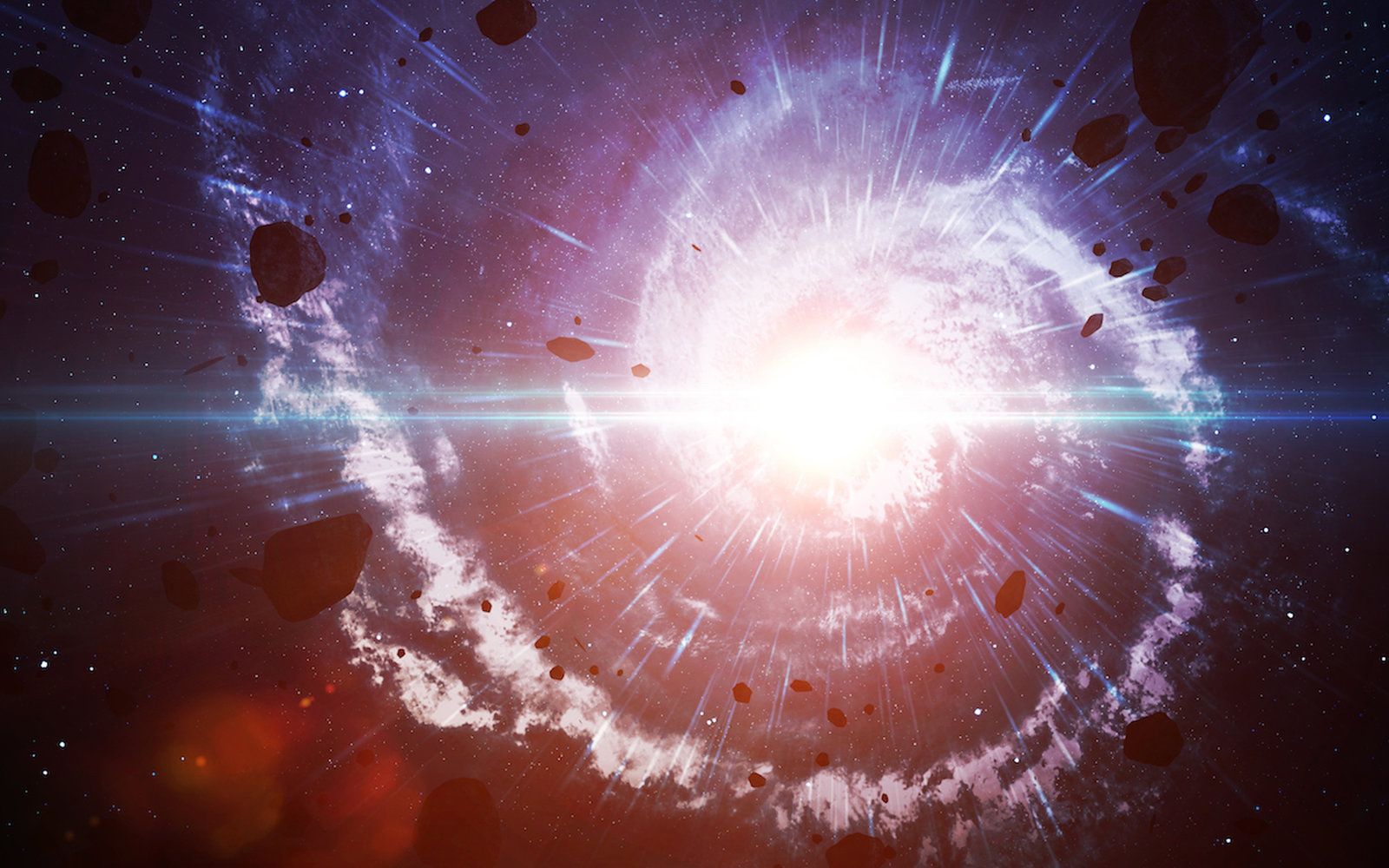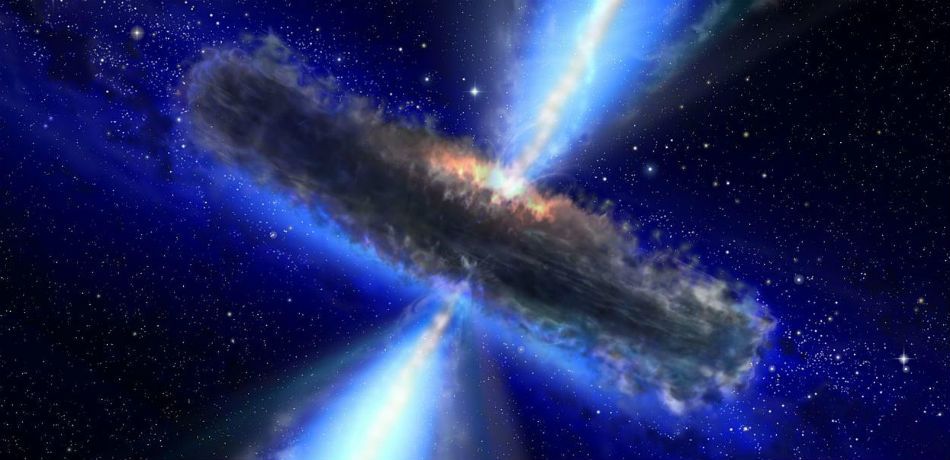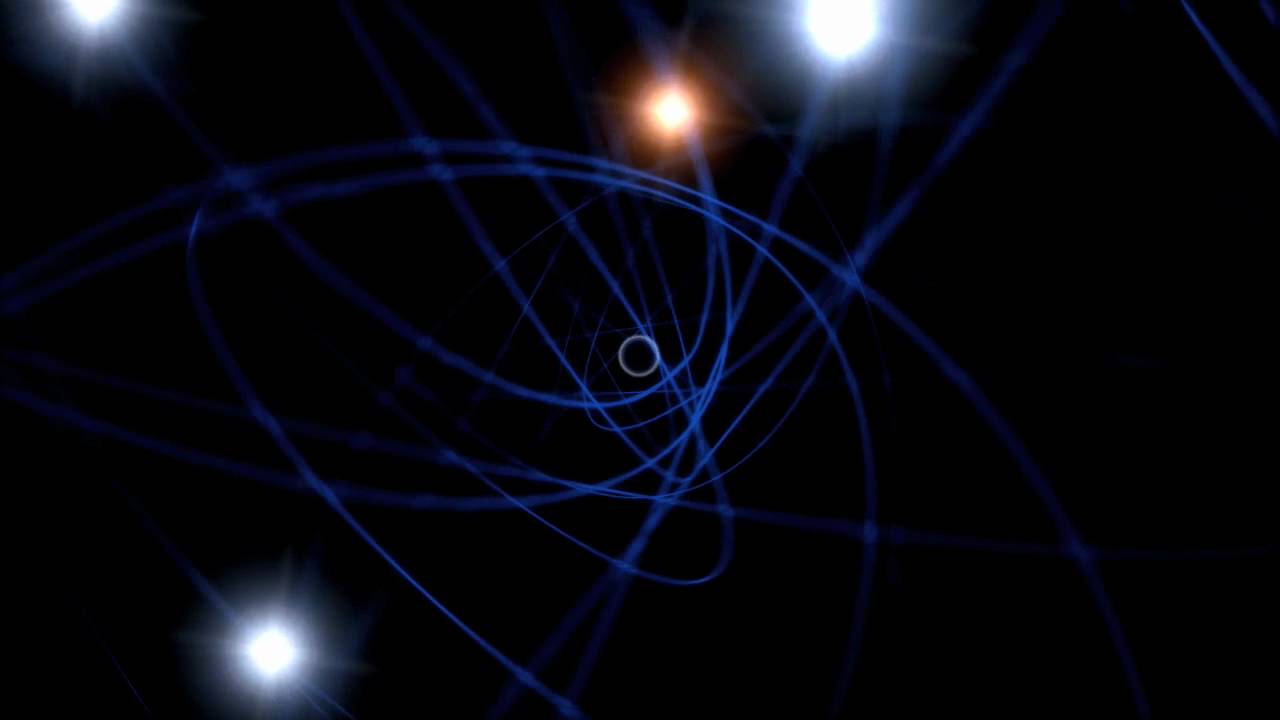IT’S BREAKING ALL THE RULES. Ordinarily, a supernova marks the death of a mammoth star, which then briefly outshines an entire galaxy before fading away. Not so for a baffling supernova that went off in a nearby galaxy in 2014. Instead of being the end of the story, the stellar explosion inexplicably began to brighten and has since dimmed, then brightened up again four more times.
If that weren’t odd enough, it turns out a supernova blew up in the same place in the sky more than 60 years ago. Somehow, a star that apparently died around the time Elvis Presley released his first record endured only to die again—truly a “living dead” star.
Astrophysicists suspect this apparent stellar zombie was a rare, colossal type of star with 50 to 100 times the mass of our Sun. The universe’s first stars were similarly huge, they think, though these distant objects lie beyond the reach of even our most powerful telescopes. The re-exploding star could, therefore, be a cosmic anachronism, offering scientists an unprecedented glimpse into the primeval universe.








